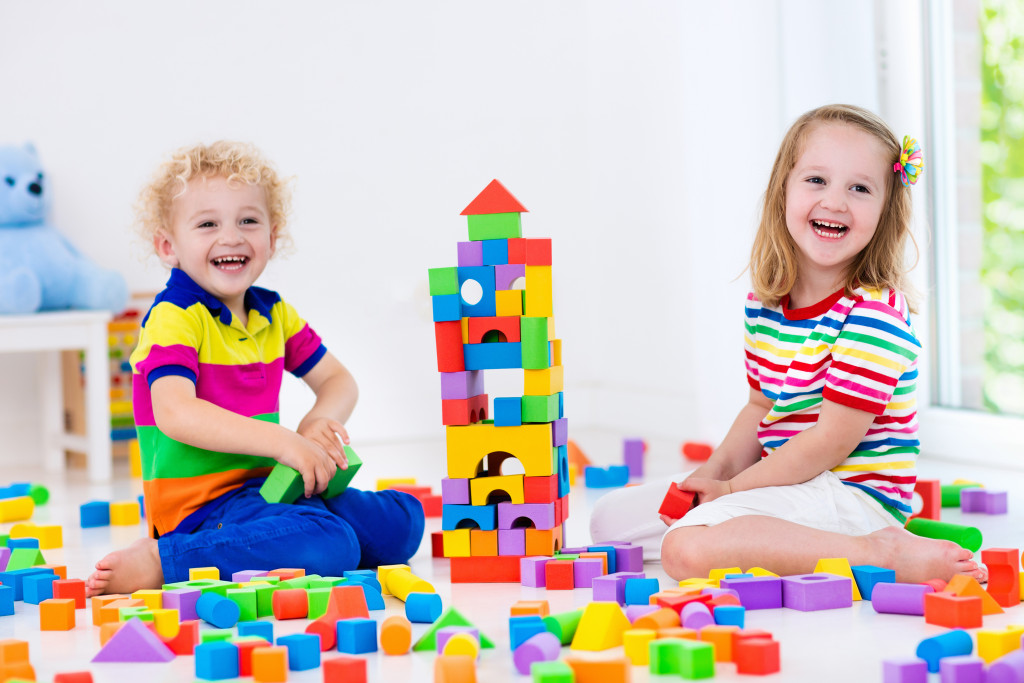When someone throws a ball right at you, what do you expect to be your initial reaction? Naturally, most people will either flinch or use their hands to catch it. This response is what we refer to as eye-hand coordination. It is our innate ability that arises from visual integration. So, what does this skill do, and why is it essential in your child’s progress? Let’s find out.
The Science Behind Visual Motor Skills
From birth, a child develops many abilities. Each of these skills plays a crucial role in their growth. One of these is visual integration, otherwise known as visual-motor skills.
Biologically, our eyes and hands work in coordination. Thus, we can create movements through visual processing. This combination with visual perception results in what most of us call reflexes.
Importance of Visual-Motor Skills
Visual processing is essential as it helps us perform our daily activities. If visual and motor systems communicate effectively, responses to these signals are well.
On the other hand, if the brain fails to interpret the visual data, it may receive false signals. This setback could lead to incorrect motor responses, leading to life-threatening concerns.
Your Child’s Visual Motor Skills
Do you want to protect your child from visual-motor issues? It will help to establish their skills early in childhood. You can do so through a variety of activities such as the following:
Ball Skills
One of the most effective strategies to increase perception is through ball activities. It can be as simple as teaching your child to toss, kick, hit, and catch balls. Doing so will boost their eye-hand coordination. You can introduce the activity and start from large and slow-moving balls. As your child adapts, you can progress and ease to smaller balls at a faster pace.
Stencil Activities
You can also improve a child’s visual ability by solving puzzles. Try some mind-mapping games such as following the dots, mazes, and coloring books. These games will expose your child to a variety of shapes, letters, and numbers. Doing so will broaden their understanding of a string of lines.
Block Sacking
Children develop their creativity as they reach their toddler years. To sharpen their visual perception, let them play with various shapes and sizes of toys. You can start by stacking these toys and move on to interlocking items to broaden their horizons.

Assessing Your Child’s Visual Motor Skills
As parents, it is normal to check if your child is having trouble with their visual-motor skills. There are several signs and symptoms to identify this deficiency. Make it easier to diagnose the illness by being mindful of the following:
- Having trouble completing puzzles
- Problems associated with writing and recognizing letters, numbers, and shapes
- Inability to recreate drawings or designs
- Facing challenges in tracing, cutting, and coloring
- Issues in navigation and following directions
- Difficulty in grabbing, throwing, and catching
Seeking Professional Help
Do you observe a significant concern with your child’s visual-motor skills? The most crucial aspect of dealing with any condition is knowing how to deal with it properly. Suppose you fear that your child might be facing a developmental challenge. In that case, it is best to seek advice from the following professionals:
Ophthalmologist
An ophthalmologist will perform a thorough visual examination. If there are problems with your child’s visual ability, corrective glasses are necessary. But other vision concerns may need a more comprehensive surgical treatment.
Movement Disorder Specialist
A movement disorder specialist will check if your child has motor dysfunction. If that is the case, physicians will recommend a Botox injection. This surgical treatment helps improve their range of motion and strengthen their muscles.
Occupational Therapist
If none of these tests show any problems, occupational therapy may be necessary. This treatment provides patients with an intensive approach to improve any associated issues.
Your child may not have vision problems or issues with fine motor skills. Still, the relationship between their vision and motor systems may not work as it should be.
Wrapping Up
Visual-motor abilities are necessary to do our daily tasks more efficiently. As parents, it is our responsibility to make sure that our children develop this skill as they grow.
Kids are naturally interested throughout their toddler years. It is the perfect time to sharpen their perceptions. By introducing developmental activities, they will be more ready to step into adulthood.
If you find concerns affecting your child, it is best to seek professional help as soon as possible. Early detection and intervention can help your child overcome these challenges. With the proper treatment, you can improve their quality of life.

